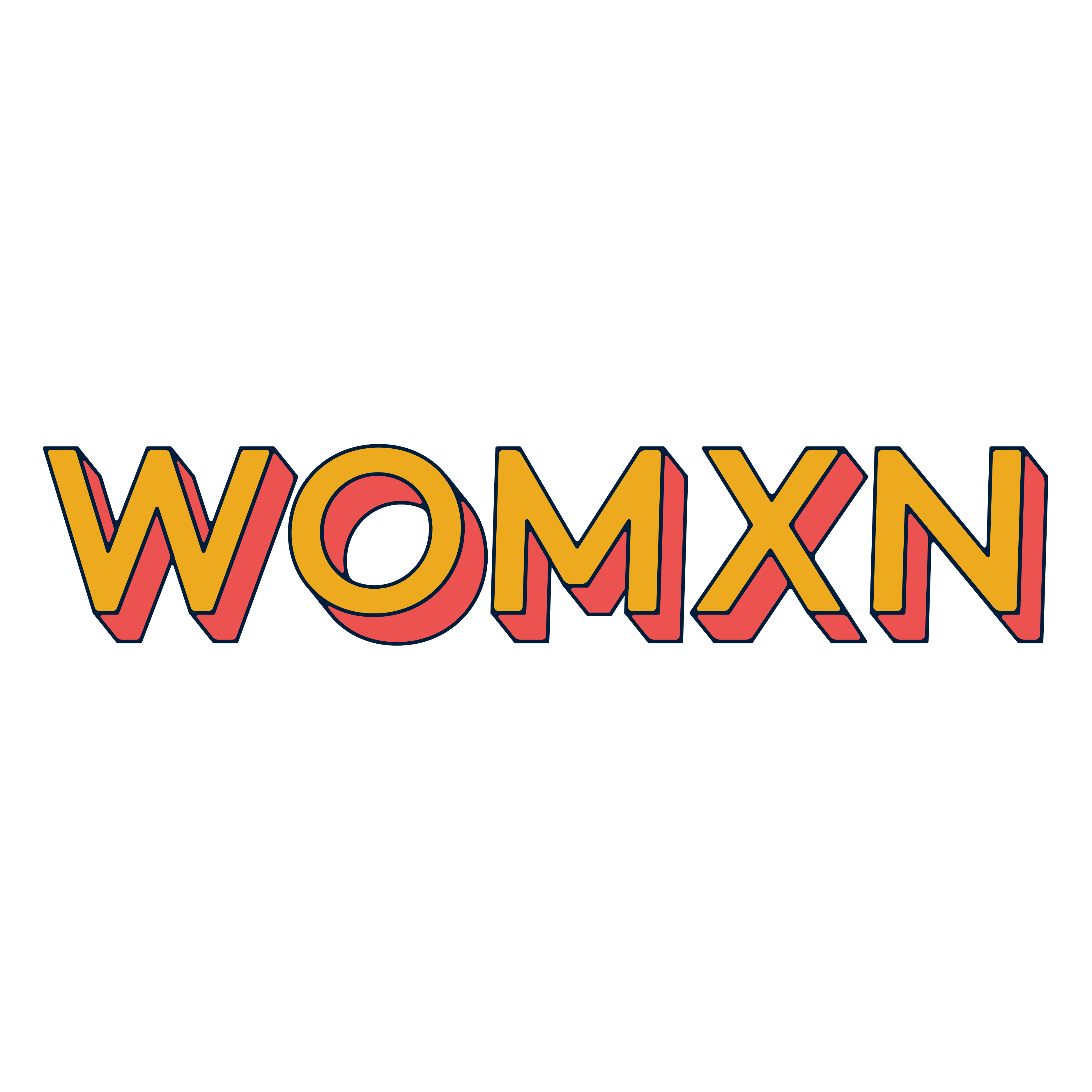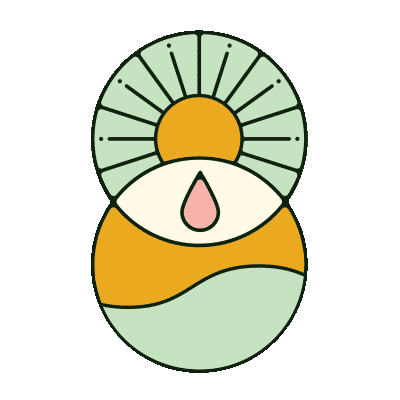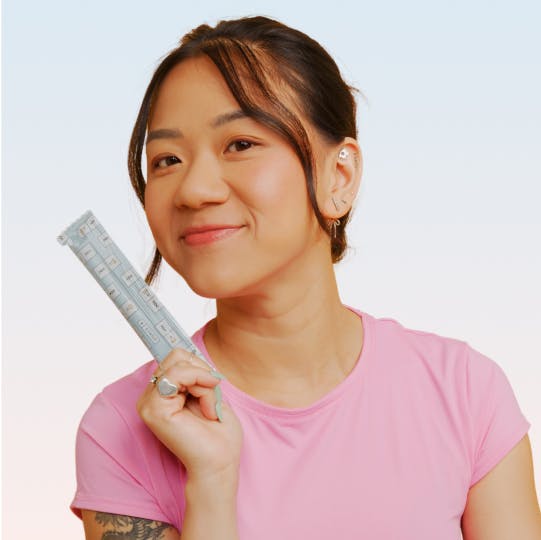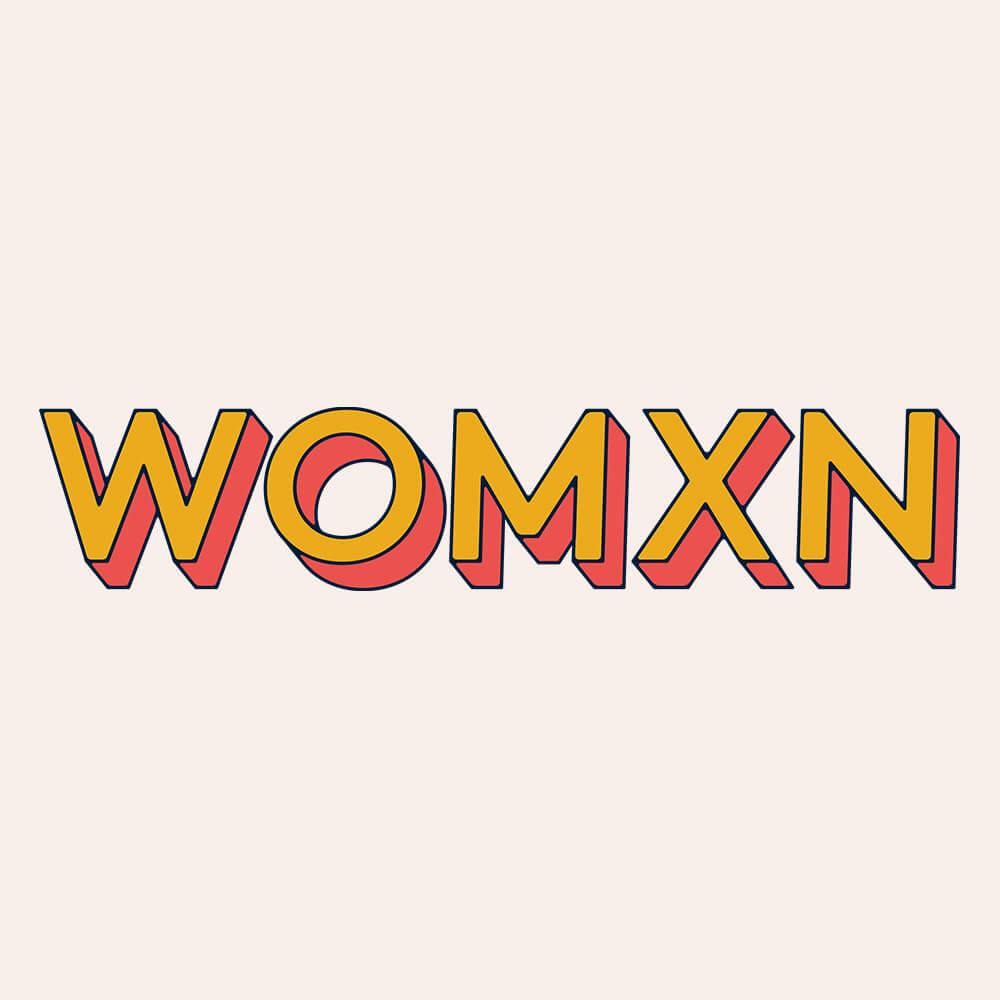Illustrated by Erin Rommel and Sabrina Bezerra
What does it mean to be a woman? Many people on the internet say that it means having a certain set of genitals, arguing that gender is an innate set of characteristics we inherit from our bodies rather than an identity we are socialised into and can choose for ourselves.
Others say that to be a woman means having the shared experience of being oppressed by the patriarchy. At face value, that might sound fair enough, but certain women are selective in who they consider shares that experience. Historically, this has drawn a line around ‘womanhood’ to exclude Black, WOC, and transgender women.
The question, then, is really one of ownership: who gets to be a woman?
‘Womxn’, an alternative spelling to ‘woman/women’, was proposed as a way to reclaim the identity of womanhood as inclusive and intersectional, and not defined in relation to men. It has been pronounced as ‘wo-minx’ or simply in the same way as ‘woman/women’.

Where did the term come from?
‘Womxn’ was identified in writing in the 1970s, during the second wave feminist movement. It appeared alongside ‘womyn’, another alternative spelling for ‘woman/women’. Both forms sought to reclaim and express a more emancipated womanhood through removal of the ‘men/man’ at the end of each word.
“They wanted to liberate themselves from male forms and norms, to avoid the relationship with ‘man’,” says Dr. Cornelia Lahmann, psycholinguist and linguist at language learning app Babbel. “The ‘x’ form has only picked up in terms of attention in the last 10 years—this has a lot to do with current [social] movements.”
‘Womxn’ emerged as a term to explicitly signpost the inclusion of trans and WOC, as ‘womyn’ has been associated with trans-exclusionary radical feminism and white feminism.
How has the meaning of ‘womxn’ changed over time?
Language and how it is understood are constantly changing, both due to society’s shifting values and specific tensions between different groups of people.
“Language is up for debate, and there is claiming and reclamation,” says Dr. Eleanor Janega, a medieval historian specialising in gender and sexuality. “When you talk about communities that are historically disadvantaged, which women are, you have varying groups within that who have various relationships within the structure of our society now."
“For example, [trans-exclusionary radical feminism] is a very white thing: it’s people who would want to have the relationship with the word ‘womyn’, representing a group that stands to lose something. They have a vested interest in holding on to their status as an oppressed group, but they are also using the term in an exclusionary way.”
Tensions such as these can cause various groups to adopt and reject words over time, to communicate values and create distance from others. While ‘womxn’ may have come to exist with clear and inclusive intentions, the social context for the word has changed since the 1970s. Today, the word can mean different things to different people.

‘Womxn’ is divisive
For Prishita Maheshwari-Aplin, LGBTIQA+ community organiser and Trustee of direct action group Voices4London, using ‘womxn’ to explicitly refer to trans and WOC is more divisive than inclusive, as these groups should already been included within the terms ‘woman/women’.
“We are claiming and accepting that trans women and Women of Colour are women and have always been women. They don’t need a separate word to be included in what it means to be a woman,” she says.
Plus, the term ‘womxn’ is now being used in new ways, but not all of these usages are appropriate, adds Prishita. “As intersectionality has gained popularity in mainstream rhetoric, ‘womxn’ has started to be used to include a range of identities of marginalised genders, including non-binary people."
“While some non-binary people may identify with ‘womxn’, it’s important to recognise that non-binary people are not women and that their identity shouldn’t be erased by being included under an umbrella they didn’t consent to.”
Can ‘womxn’ be used inclusively?
While there are valid reasons to reject the term, for many, it is an important way to signal inclusion and to acknowledge differences between different groups of women.
Dr. Danai Mupotsa, senior lecturer in African literature at the University of the Witwatersrand, uses ‘womxn’ to signal inclusion of cisgender and transgender women. ‘Womxn’ also has significance within Black feminism, says Dr. Mupotsa. “The term came into very popular use in the last few years in Black public feminisms, to think and practice in ways where difference becomes a productive site of struggle.
“For me, what’s at stake is a recognition that gender is work—we are all in processes of gendering constantly. In relation to my child I am gendered as ‘mother’, which might be different to how I am gendered in another relation, location, or place. What’s implied for me [by the term ‘womxn’] is a disruption to the notion that there are ‘natural’ and ‘unnatural’ women.”
The inclusion of the ‘x’ in ‘womxn’ may also have linguistic significance in signalling openness to interpretation of who gets to be a woman, adds Dr. Lahmann. “‘X’ in mathematics usually stands for the unknown quantity. So, this is what it’s assumed that the ‘x’ stands for: it leaves room for different interpretations.”
How should I use the term ‘womxn’?
“It’s completely valid for individuals to want to use ‘womxn’ to describe themselves, as long as they don’t assume others are happy with it,” says Prishita. “But if they’re talking about shared experiences with people of other marginalised genders, it’s important to say ‘womxn and non-binary people’.
“Overall, I’d say the best strategy is to talk about the shared experience itself, for example, ‘people who menstruate’ or ‘people who have experienced pregnancy’. This enables our language to be inclusive of people’s diverse identities without assuming they’re comfortable with being labelled a certain way.”






